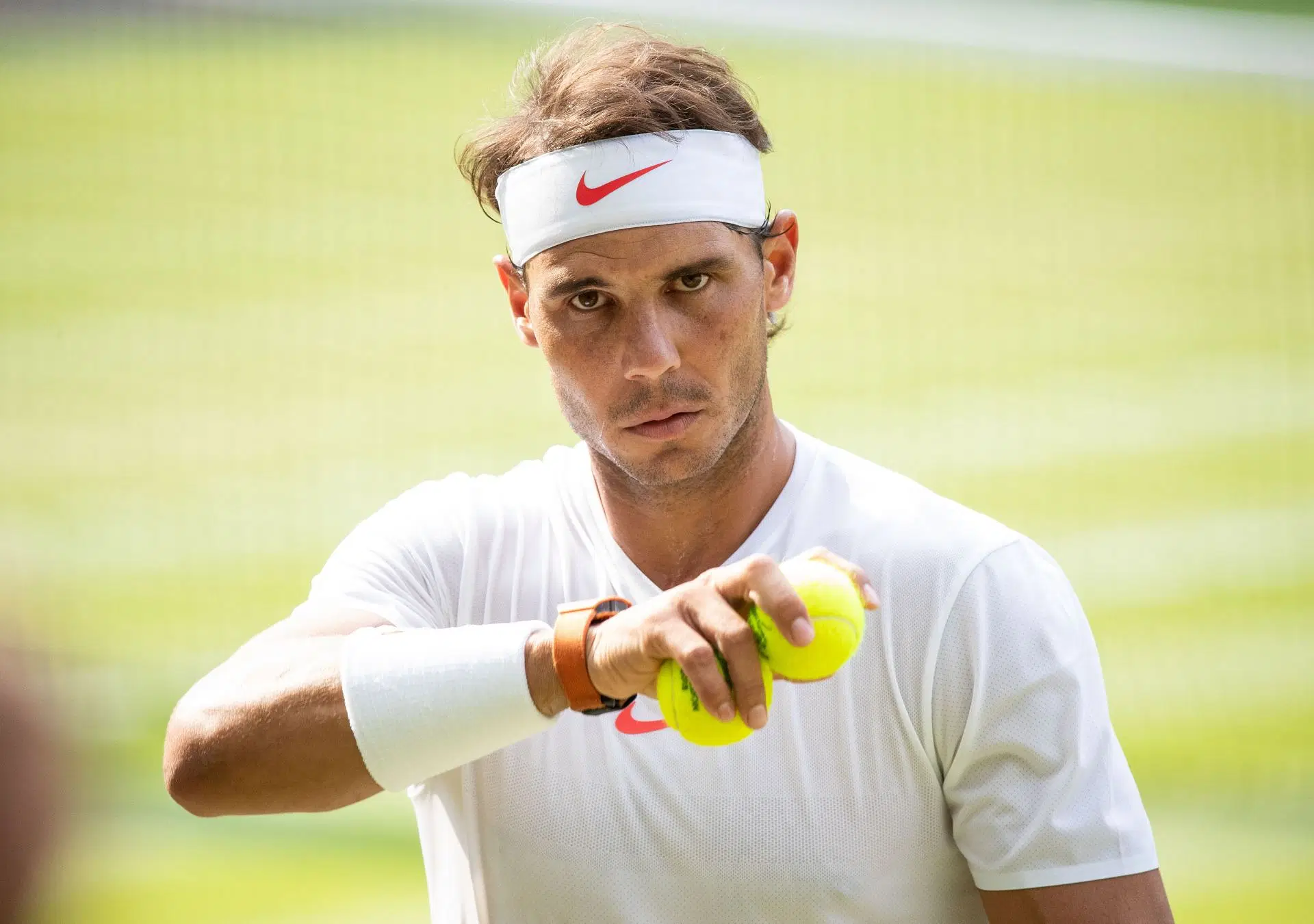
Rafael Nadal: The Most Anxious and Scared Athlete in Recorded Sports History?
Rafael Nadal is widely regarded as one of the greatest tennis players of all time, a true icon of grit, resilience, and dominance on the court. Yet, beneath the surface of his unparalleled achievements lies a story of deep-seated anxiety and fear. It’s an aspect of his character that has both fascinated and inspired fans, offering a profound lesson in mental fortitude. Describing Nadal as “the most anxious and scared athlete in recorded sports history” might seem paradoxical given his immense success, but it speaks to the unique way he channeled his emotions into becoming one of the most dominant forces in sports.
Nadal has openly discussed the mental challenges he has faced throughout his career. Unlike many athletes who exude a sense of invincibility, Nadal’s candor about his nervousness is striking. From an early age, he struggled with intense pre-match jitters, sometimes manifesting as rituals that bordered on obsessive-compulsive behavior. His pre-match routines—lining up his water bottles, meticulously adjusting his hair and sweatbands, or avoiding stepping on lines—became legendary symbols of his internal struggle.
This was not mere superstition; it was Nadal’s way of gaining control over a mind prone to overthinking. For someone so visibly dominant, Nadal’s admissions revealed an athlete perpetually at war with his own doubts. His rituals were not about luck but about silencing the inner chaos and fear of failure that constantly loomed over him.
Nadal’s fear was not rooted in a lack of confidence but in an overwhelming respect for the sport and his opponents. In his autobiography, Rafa: My Story, he describes how he never takes victory for granted, even against seemingly weaker opponents. This fear of losing, far from paralyzing him, became a driving force. He learned to embrace the anxiety, allowing it to fuel his relentless work ethic and unwavering focus.
Unlike other athletes who might crumble under the pressure, Nadal used his fear as a weapon. He prepared for matches with almost manic precision, ensuring that every aspect of his game was finely tuned. The result was a level of mental resilience rarely seen in sports, epitomized by his grueling battles in matches like the 2008 Wimbledon final against Roger Federer and the 2012 Australian Open final against Novak Djokovic.
Nadal’s openness about his anxiety made him relatable to fans. In a world where athletes are often portrayed as superhuman, his struggles were a reminder that even the greatest champions are not immune to fear. This vulnerability made his achievements all the more remarkable. Overcoming his internal battles to claim 22 Grand Slam titles (as of 2024) showcased a level of mental toughness that redefined what it meant to be a competitor.
Labeling Nadal as the most anxious and scared athlete in recorded sports history is both accurate and incomplete. It captures the essence of an athlete who wrestled with his demons but ultimately emerged victorious time and again. His anxiety didn’t hinder his greatness; it shaped it. For Nadal, fear wasn’t an enemy—it was a companion, a reminder of the stakes, and a motivator to strive for perfection.
Nadal’s story is a testament to the idea that courage isn’t the absence of fear but the mastery of it. He transformed his anxiety into one of the greatest sports legacies of all time, proving that even the most scared and anxious among us can achieve extraordinary greatness.
Leave a Reply